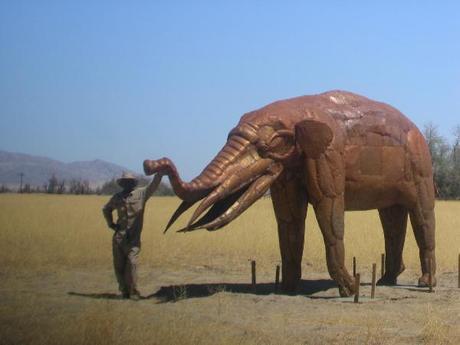Sometimes, when making decisions, it’s better not to decide. Or, when faced with a choice, to choose on the basis of chance. When the set of possible outcomes for any given decision and consequent action is normally distributed (represented graphically with a bell curve), then the best decision may be random. But given our penchant for “rational” decision-making, making truly random decisions is exceedingly difficult. When we need to make a random decision, we can of course toss dice or flip coins, but this strikes some as too primitive. For modern sophisticates of chance, “true” random number generators are the answer.
These statistical considerations may, in turn, explain all manner of decision-making (such as augury and divination) that is classed, and thus denigrated, as “superstition.” While I had never before considered the issue this way, after reading this Aeon essay by Michael Schulson, I’m persuaded there is something to it. When faced with uncertainty and wide range of possible outcomes, our past experiences tend to probabilistically guide our decisions. But because our past past experience is so limited, we overestimate the extent to which those experiences are relevant. This is of course the problem with small samples. One way to overcome these biases, which can lead to bad decisions, is to choose randomly. As Schulson explains, it seems that some societies may have figured this out:
Over the millennia, cultures have expended a great deal of time, energy and ingenuity in order to introduce some element of chance into decision-making. Naskapi hunters in the Canadian province of Labrador would roast the scapula of a caribou in order to determine the direction of their next hunt, reading the cracks that formed on the surface of the bone like a map. In China, people have long sought guidance in the passages of the I Ching, using the intricate manipulation of 49 yarrow stalks to determine which section of the book they ought to consult. The Azande of central Africa, when faced with a difficult choice, would force a powdery poison down a chicken’s throat, finding the answer to their question in whether or not the chicken survived – a hard-to-predict, if not quite random, outcome. (“I found this as satisfactory a way of running my home and affairs as any other I know of,” wrote the British anthropologist E E Evans-Pritchard, who adopted some local customs during his time with the Azande in the 1920s).
His mention of Naskapi hunters is apropos, given that I just started reading Frank Speck’s classic, Naskapi: The Savage Hunters of the Labrador Peninsula (1935). I’m not sure why it has taken me so long to get round to this important book, but it is essential reading for anyone interested in animist worldviews.
And speaking of hunting, some may have heard about the recent PNAS study which shows that Native Americans in Sonora, Mexico were hunting gomphotheres 13,390 years ago. For those who (like me) did not know what a gomphothere was, here’s an artistic reconstruction of the four-tusked beast:
 While these creatures were no doubt impressive, I was equally impressed by the quartz-crystal Clovis point that was found in archaeological association with the beast. This may be the prettiest point I’ve ever seen, and I have little doubt that the clear quartz carried a significant symbolic or “superstitious” load in the ancient hunt:
While these creatures were no doubt impressive, I was equally impressed by the quartz-crystal Clovis point that was found in archaeological association with the beast. This may be the prettiest point I’ve ever seen, and I have little doubt that the clear quartz carried a significant symbolic or “superstitious” load in the ancient hunt:


